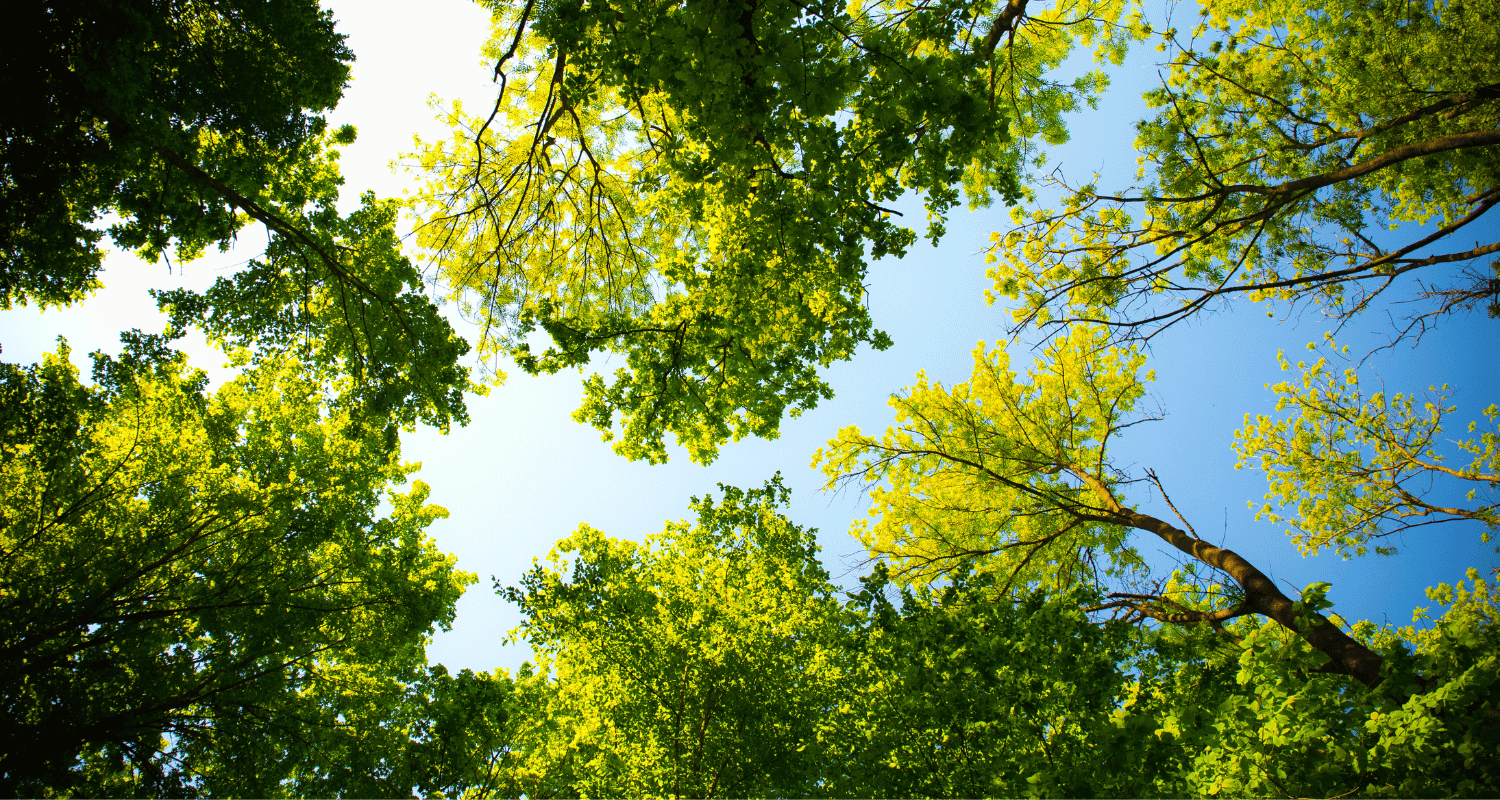
By Jaidyn Oresti
CAGIS Alum
Have you ever spent a summer day looking for shapes in the clouds?
Did you know that there are many different types of clouds, formed by different atmospheric conditions? Clouds can be organized by their height, or how far up they are in the atmosphere. Let’s take a look at ten common types to get a better understanding of these wonders in the sky.
Low Clouds
These form up to ~2 km above the Earth’s surface.

Cumulus Clouds
When people think of clouds, they often imagine cumulus clouds because of their distinct round and billowy shape. The tops of cumulus clouds are brilliant white, with flat bottoms. They appear on sunny days after the Sun warms the ground, due to a process called atmospheric convection.

Stratus Clouds
Don’t confuse these gloomy clouds for fog! Stratus clouds form lower in the sky and are uniformly grey, covering the sky in a misty layer. This murky overcast appears on dreary days and may produce a drizzle of rain.

Stratocumulus Clouds
These round and puffy clumps are like hybrids of stratus and cumulus clouds. The clumps spread out across the sky, allowing small breaks of blue to peek through. These clouds resemble a honeycomb from below and do not usually produce rain or snow.

Nimbostratus Clouds
When it’s a dark and gloomy day, nimbostratus clouds are likely to blame! They coat the sky in a thick layer of grey and occupy both the low and middle layers of the atmosphere. They can get so thick that they block out sunlight entirely. These are classic rain clouds; the next time you see one, bring an umbrella!
Middle Clouds
These clouds form between ~2-6 km above the Earth’s surface.

Altocumulus Clouds
The altocumulus clouds are the most common in the middle atmosphere. They are recognizable as white, puffy spots that scatter the sky. They are sometimes called “sheep back” clouds, as they resemble sheep’s wool. Altocumulus cloud mounts usually appear smaller to us than stratocumulus cloud mounds.

Altostratus Clouds
The name altostratus comes from the Latin words “altum” and “stratus,” which translates to “high” and “spread out”. These clouds usually form a blue-grey coloured sheet in the mid-levels of the sky. Often, so little light passes through these clouds that the shadows of objects on the ground are not visible.
High Clouds
These form above ~6 km from the Earth’s surface.

Cirrus Clouds
Cirrus clouds are thin and wispy. Because they are so high up, they are made of ice crystals. When cirrus clouds appear on a warm day, they can indicate incoming storms. Sailors use the streaking of these clouds to predict changes in the wind’s direction!

Cirrocumulus Clouds
These small, round clouds often appear in rows high up in the sky. They are typically white, although they can be grey, and are usually seen in fair weather.

Cirrostratus Clouds
Say “halo” to these whimsical clouds! Cirrostratus clouds are made of hexagonal-shaped ice crystals. When sunlight passes through them, the light gets refracted in a way that creates a visible halo around the Sun! Cirrostratus clouds form a transparent, veil-like sheet that can cover the whole sky.
Multi-level Clouds
These tall clouds extend vertically and stretch across all levels in the sky.

Cumulonimbus Clouds
Commonly known as thunderstorm clouds, these cauliflower-shaped clouds are the only ones capable of producing thunder, lightning, and hail. They can even form tornadoes, hurricanes, and snow. The tops of these clouds usually have a flat, anvil-like shape, and their bottoms are often very dark. They are known for their impressive height. Due to their dangerous nature, they are the kind of clouds that pilots want to avoid. The next time you see one, take cover!







